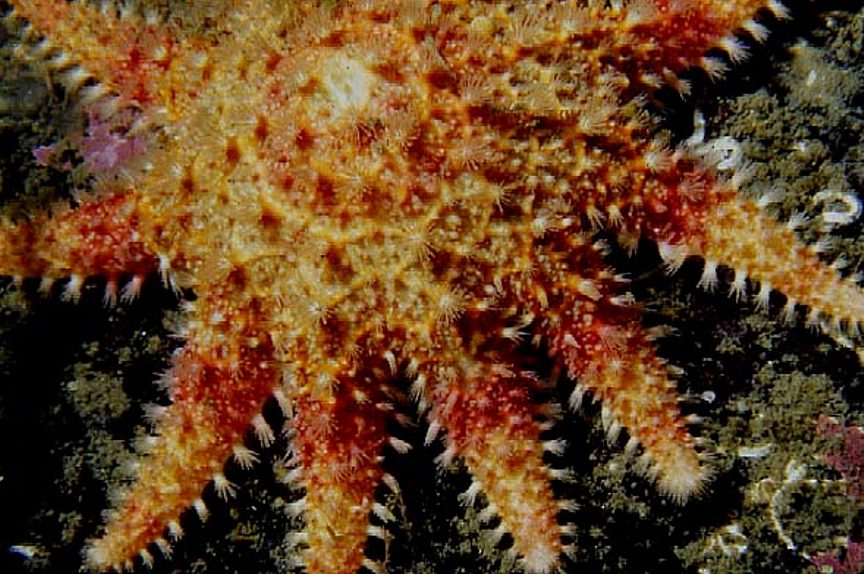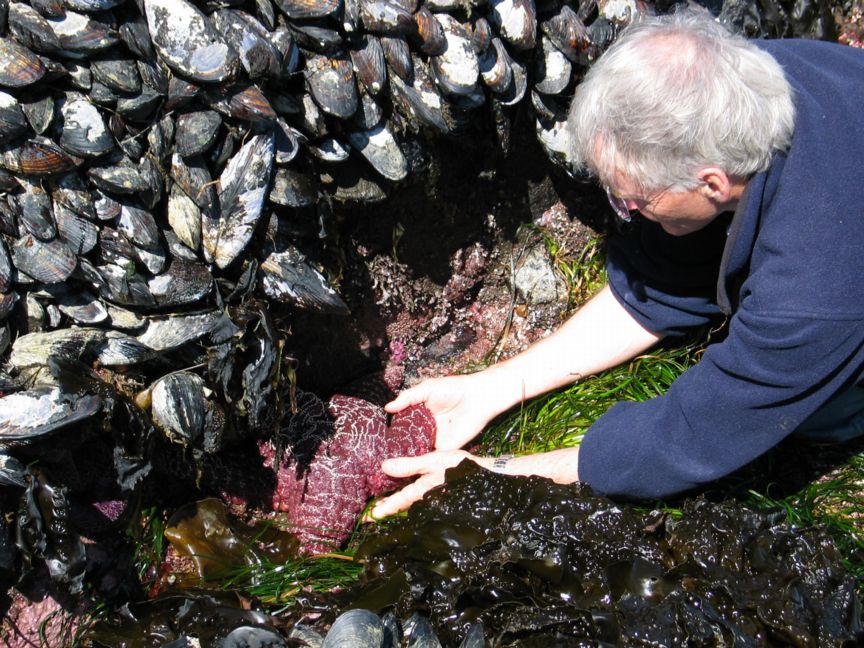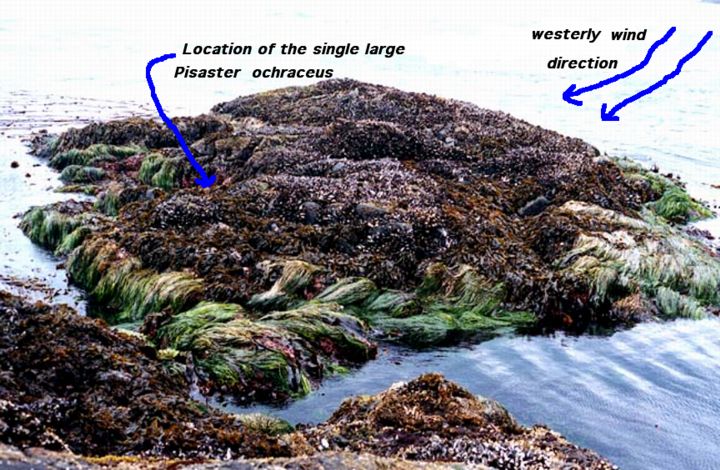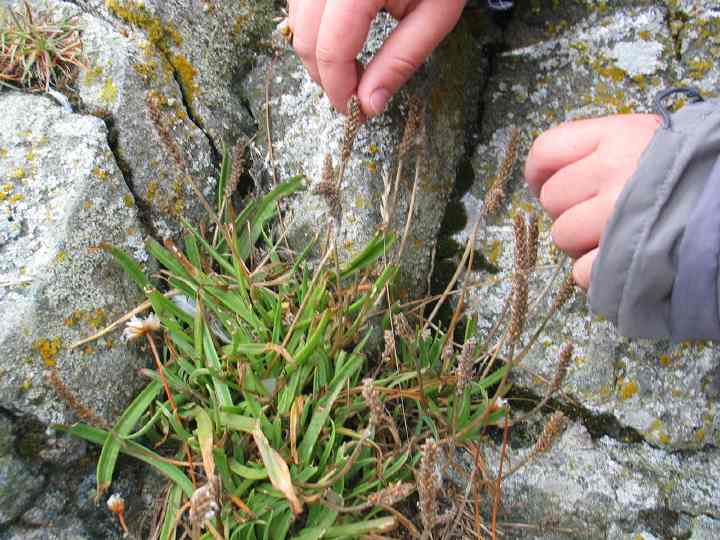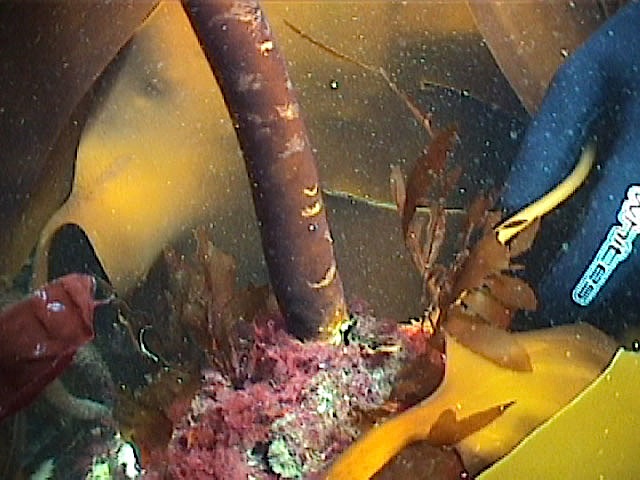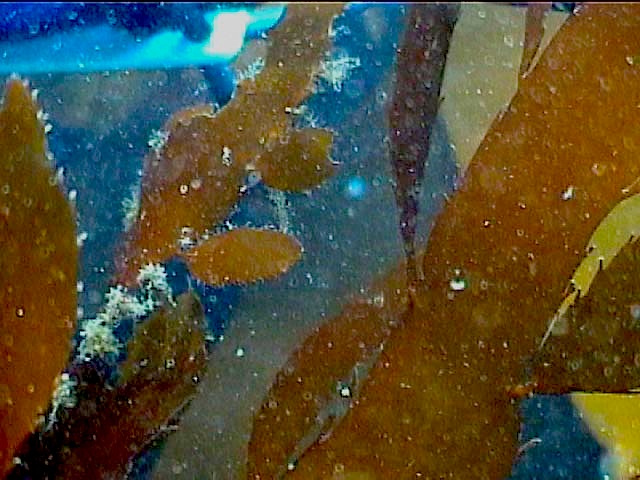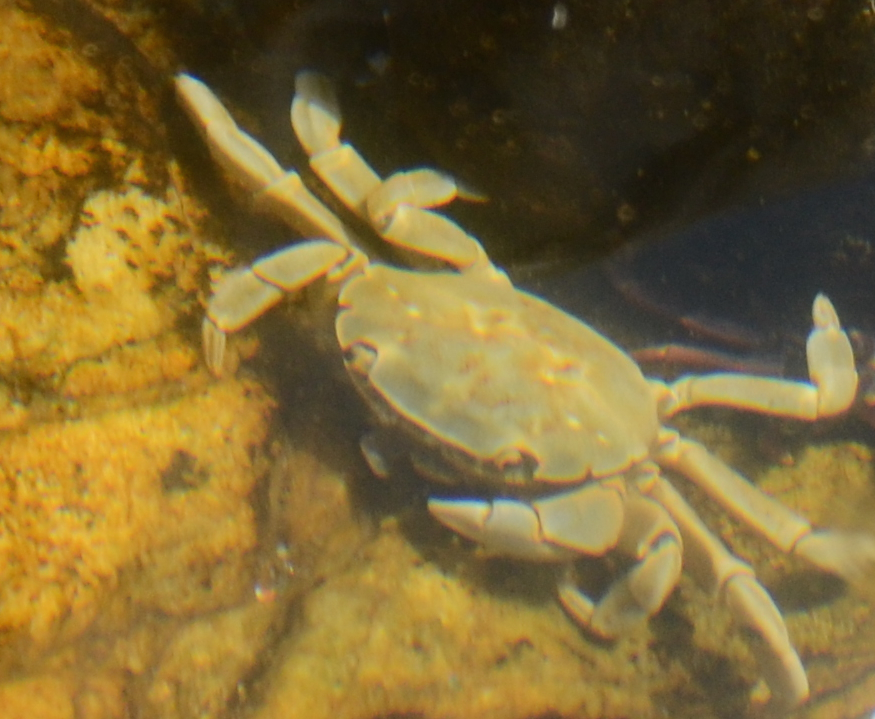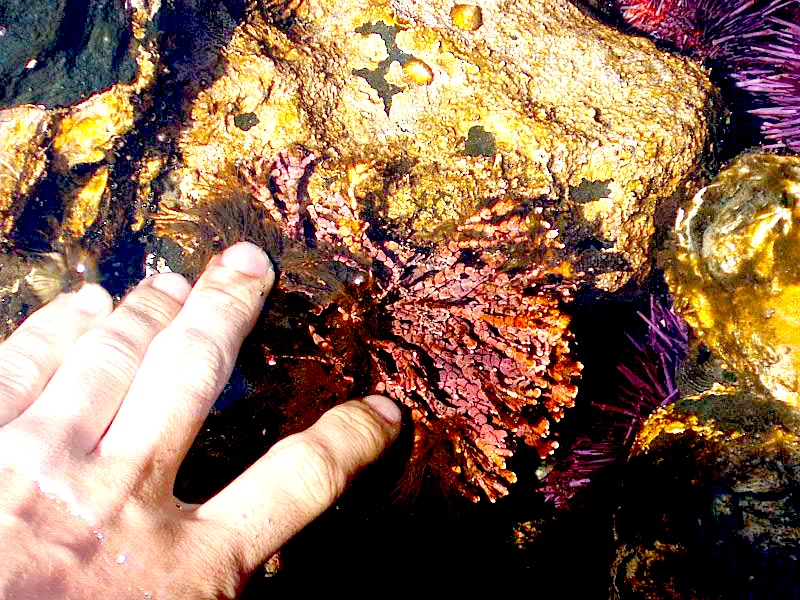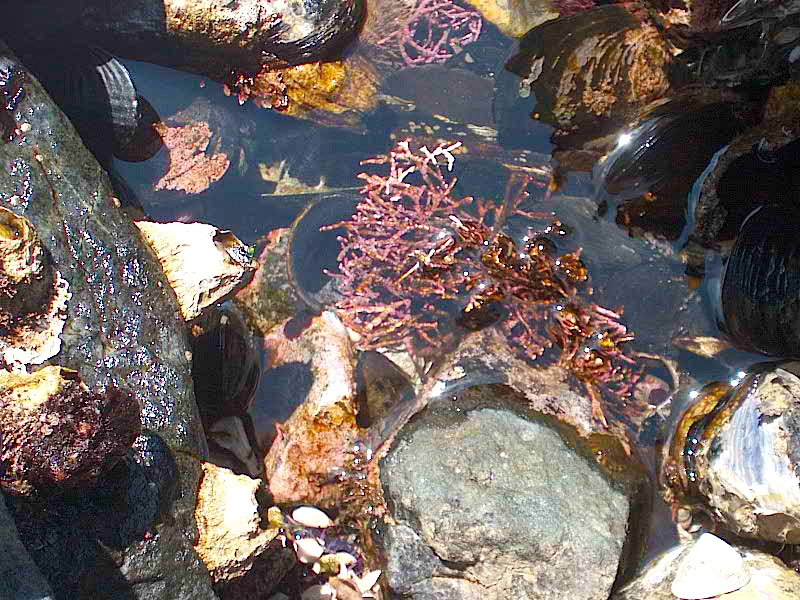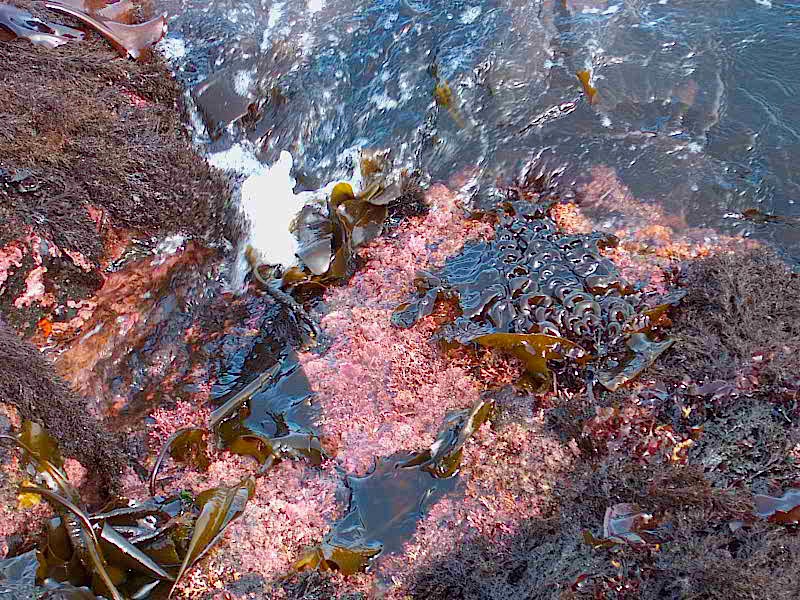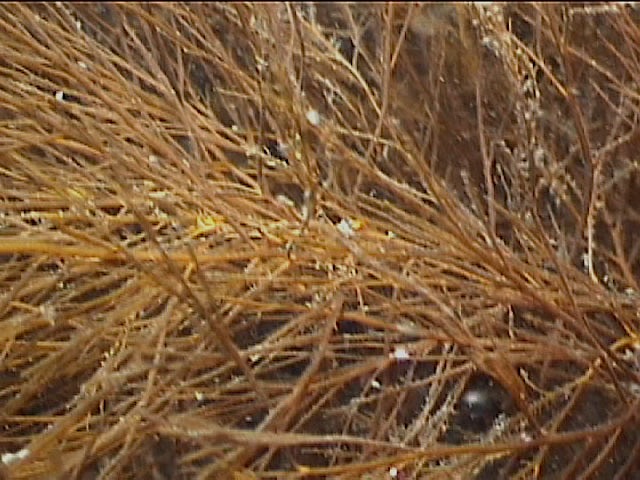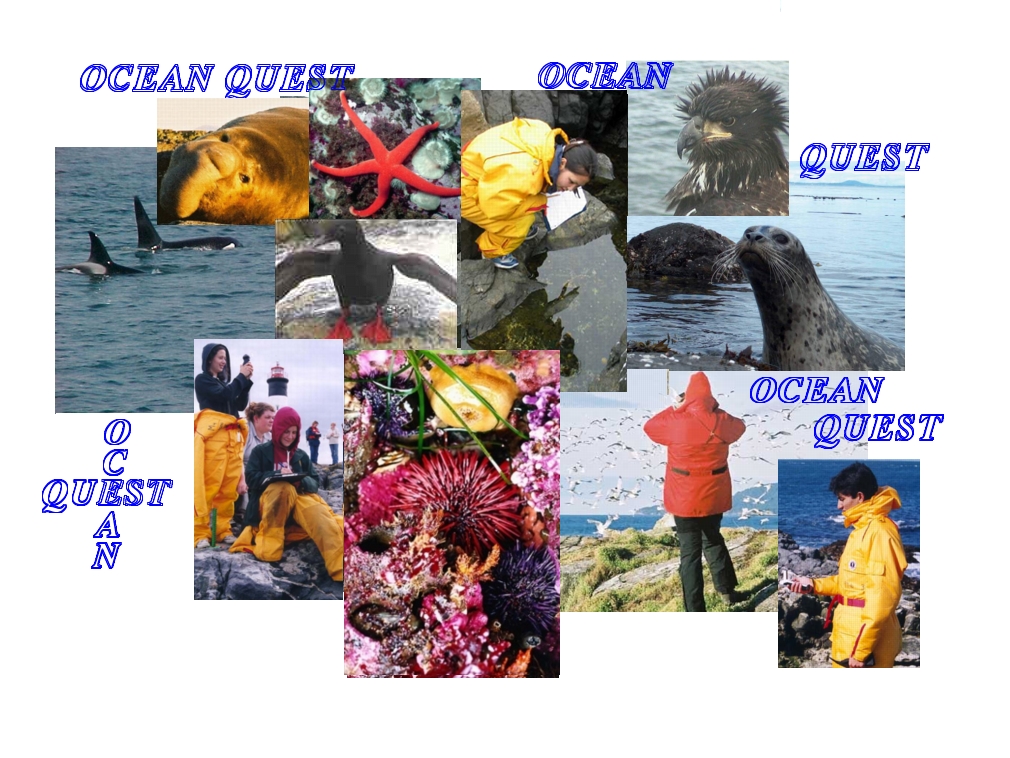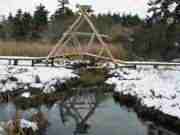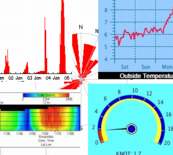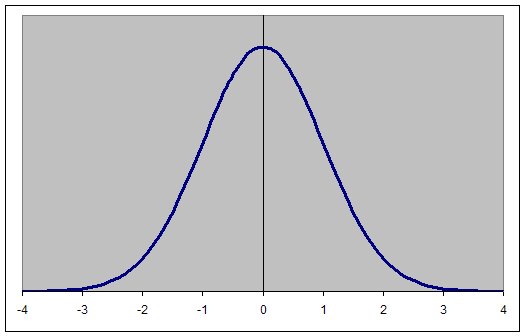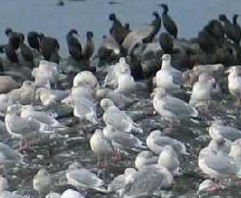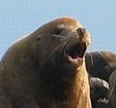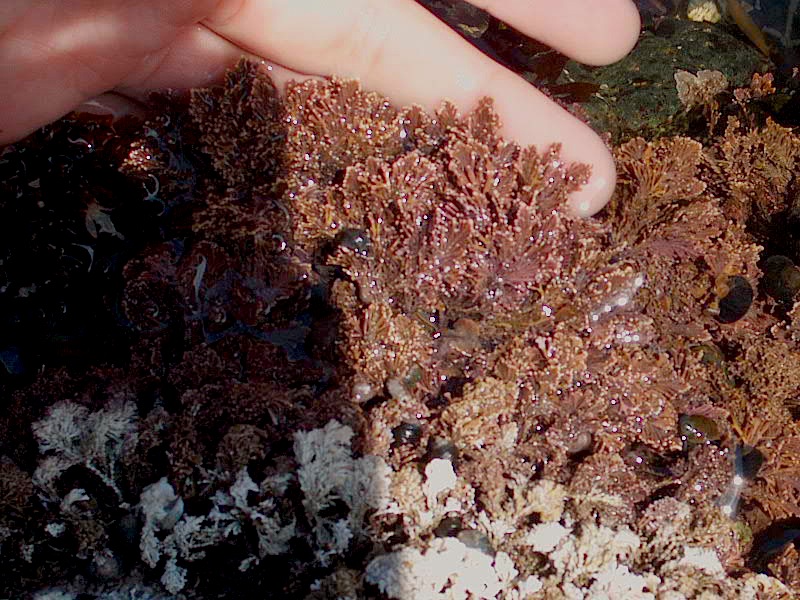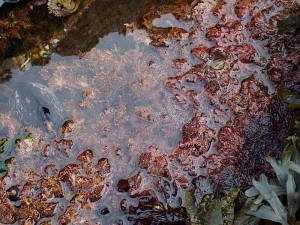BACKGROUND:
Ethology, the study of natural animal behaviour, seeks to understand behaviour as it relates to the animal’s adaptive strategies, reproductive strategies, and energy requirements. Ethologists spend long hours making field observations, often under inhospitable conditions. These observations may be supplemented by experiments performed either in the field or in the laboratory.
In this lab, you get an idea of what ethological research is like by using the procedures of scientists in the field, yet making your observations over a much shorter time period by means of the remote-controlled cameras at Race Rocks. 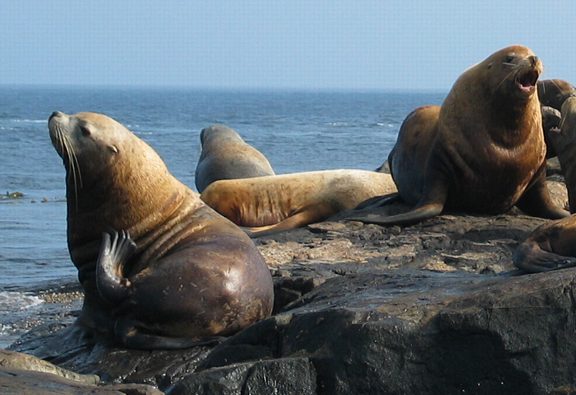
You will be observing the behaviour of an animal species at the Race Rocks Marine Ecological Reserve. One advantage of using the real-time video available at racerocks.com is that you (the observer) have no impact on the animal’s behaviour. This is an ideal way to gather ethological data, as this science, by definition, involves the analysis of natural behaviour.
You will be collecting data for one of the time periods designated by your teacher. This is a mini- version of this lab which still gives you experience in doing a study using the techniques of the Ethologist. Since the remote cameras allow a two minute time per user, which may be renewed if no one else is on line, you may do several two minute periods. An actual in depth study, where you can actually go to the island, would involve at least two 1-hour periods .
OBJECTIVES:
a) Conduct a study of animal behavior using the techniques of an ethologist.
b) Analyze the relationship between animal behaviors and meteorological events.
for Race Rocks.
Materials The following materials are needed o Pen and paper o Watch with a second hand. (absolutely required for compiling a time budget)
PROCEDURE:
1. Preliminary Observations: Work in pairs for his exercise. Spend a few minutes observing the animal you have chosen for the study before you start the actual study. You may decide to make observations at the same time each day for a number of days. Why do you think you should collect data at the same time of day? Why should data be collected from the same time of year?
2.Collecting data
You will be presenting the data in two forms: as an ethogram, and also as a time budget.
An ethogram is a qualitative list of the behaviours observed, whereas a time budget is a quantitative table that gives the percentage of time the animal spends engaged in each form of behaviour. The ethogram should be prepared prior to the time budget. This lab involves observation and analysis only. No experiments will be conducted. You should establish a predetermined period for observation of a given individual (i.e. 1 minute, 5 minutes) when preparing a time budget. Once you have decided how long to observe one subject, stick to this time period. It will be tempting to shift to the individual that is most active at any given time, but this practice would skew the resulting time budget in the direction of that behaviour. If the animal you are observing leaves the area (i.e. dives below the surface) before the prescribed observation time is up, just make a note of it and move to another individual of the same species.
3.. You may be able to tell male from female, and juvenile from adult of the species you are observing. If so, you ought to decide if you are going to observe a single category (i.e. adult males only), or if you are going to split your observation time between the groups. The Dichotomous key could help with this.
4.. Compiling the ethogram
The data collected from your 1st observation period will be used to compile an ethogram.
An animal’s behaviour may be described considering only the physical activity (i.e. diving into ocean), or as an action with a specified function (i.e. hunting for food). In your observations, you will continually be presented with the dilemma of deciding which type of description to use. The simple physical description is more objective, and therefore less likely to be incorrect. The functional description is more informative, but more likely to be incorrect because it requires interpretation on the part of the observer. You will use both types of description in your final ethogram. In your evaluation, indicate which functional descriptions you are confident of (i.e. due to anecdotal information gathered from a qualified source, information on the species gathered from the literature, or common sense), and those which of which you are less.
The ethogram should be hierarchical in presentation. Broad categories of behaviour (i.e. searching for food) will be broken down into subcategories (i.e. exploring the environment), which may then be broken down further (i.e. smelling).
Some of the classes of animal behaviour that you ought to monitor include:
o Searching for/acquiring/consuming food
o Social interaction (i.e. aggressive, reproductive)
o Evading (avoiding/escaping from) predators
o Activities contributing to individual well-being (i.e. preening, urinating, defecating, behavioural thermoregulation)
o Monitoring the environment
o Resting/doing nothing (Keep in mind that the subject may be quietly monitoring the environment, avoiding predators, thermoregulating, etc.)
When you have collected all data that will contribute to the ethogram, devise a coding system of behavioural classes displayed by the species you observed. This organization will help greatly when you gather data for the time budget.
5. The data collected during your 2nd observation period will be used to compile a time budget. To acquire this data, start the clock at the beginning of your observation period. Then write down the time each new behaviour begins and the code for that behaviour (from your ethogram). Your activity level during this period will, of course, depend upon the level of activity of your animal subject. If you see a behaviour that was not listed in your ethogram, take note and include it in the evaluation section of your lab write-up.
When your 2nd observation period is over, add up all the time the animal(s) spent engaged in each particular activity. This data, converted to percentage values (of the total time observed), forms your time budget. Unfortunately, the time budget loses some of the information contained in your raw data (i.e. sequence of behaviours, individual-to-individual variation in behaviour). You may want to elaborate on some of these specifics in the evaluation section of your write-up.
A sample time budget follows:
| Table 1. Time budget of Shield-backed Kelp Crab (Pugettia producta) |
Adult | juvenile |
| Number of 5 min. observation periods | 6 | 6 |
| Number of individuals observed | 3 | 2 |
| Total minutes of observation | 30 | 30 |
| % time acquiring food | 28.5 | 17.0 |
| % time avoiding predators | 21.1 | 36.3 |
| % time monitoring environment | 40.2 | 31.8 |
| % time in social interaction (aggressive) | 10.2 | 14.9 |
6. Submit your results . You will identify the species observed and provide a detailed description of the animal’s habitat. Location of the study site ( latitude, longitude), time of day and date, and weather conditions should also be given. Include a picture of your graphical data that you obtain from the study. You should also include a picture of the animal under study, by doing a screen capture.
Table 1: A Sample Ethogram.
Note: Most descriptions are physical (i.e. “listening”), but they have been interpreted by the observer as contributing to the quest for food. The more inclusive categories of behaviour may be given codes (i.e. “01-B”) for use in compiling a time budget. If an activity occurs too rapidly to be accurately timed, it may appear on the ethogram without a code.
Part of a sample ethogram follows:
Searching for food (01)
Exploring ground environment (01-A)
Standing upright
Visual survey
Smelling
Listening
Moving
Rapidly in a straight line
Slowly, on a meandering course
Digging (01-B)
Forepaws
Hindlegs
Snout
 Link to a sample write up of the longer version of this lab done by a student.This may give you an idea of how you may present your data in graphical form. This can be done in EXCEL
Link to a sample write up of the longer version of this lab done by a student.This may give you an idea of how you may present your data in graphical form. This can be done in EXCEL





